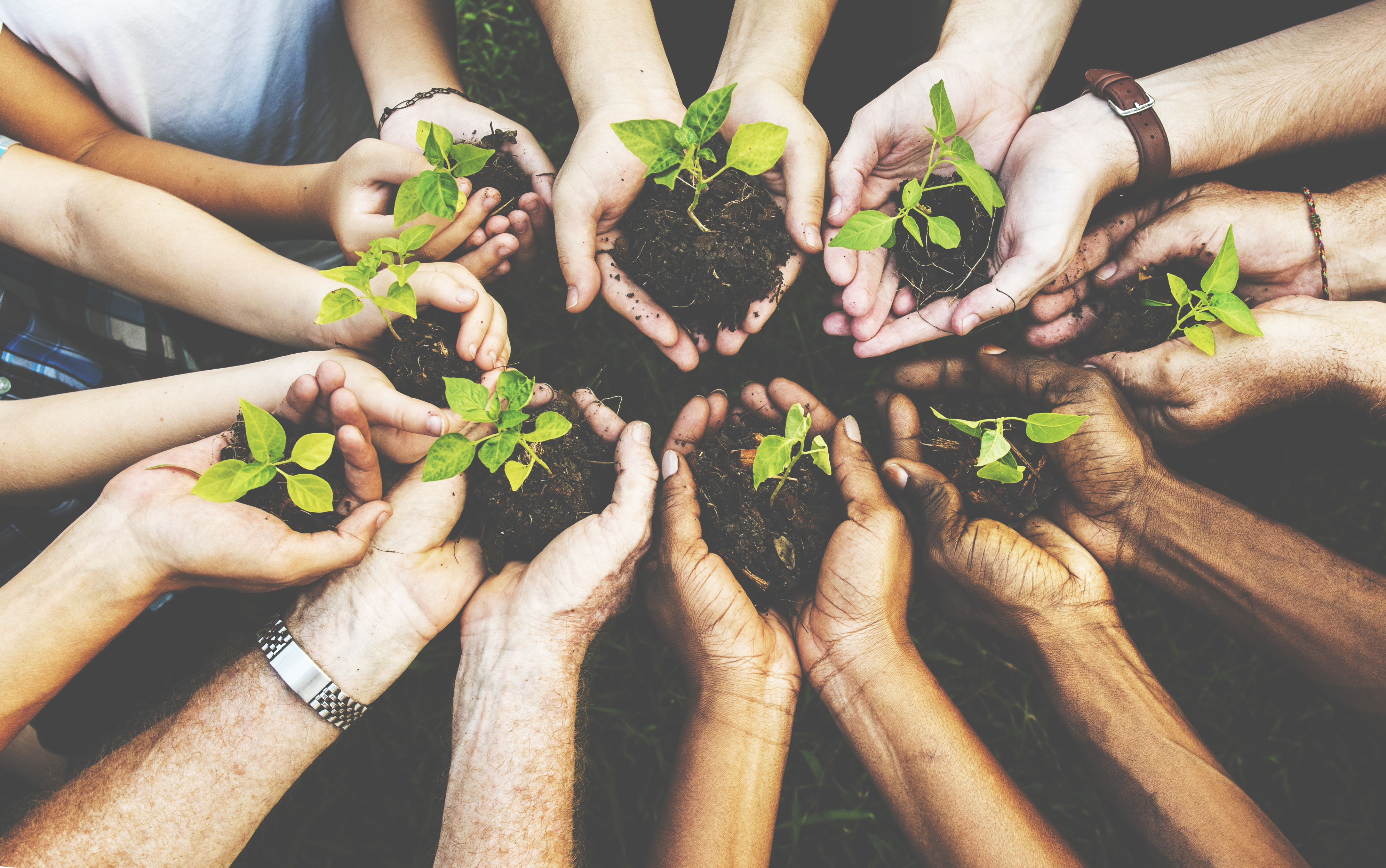What you can do to preserve old varieties
Preserving old varieties through utilization
Old varieties are currently being preserved in two ways: On the one hand, "statically" with seed samples in gene banks (ex-situ). On the other hand, with on-farm conservation, in which the varieties are continuously cultivated and processed by conservation breeders. Cultivation is important so that the plants can develop their genetic potential. In this way, the plants continue to develop with their environment. Conservation breeding is practiced in order to preserve specific varietal characteristics.
1. grow old varieties in your own garden
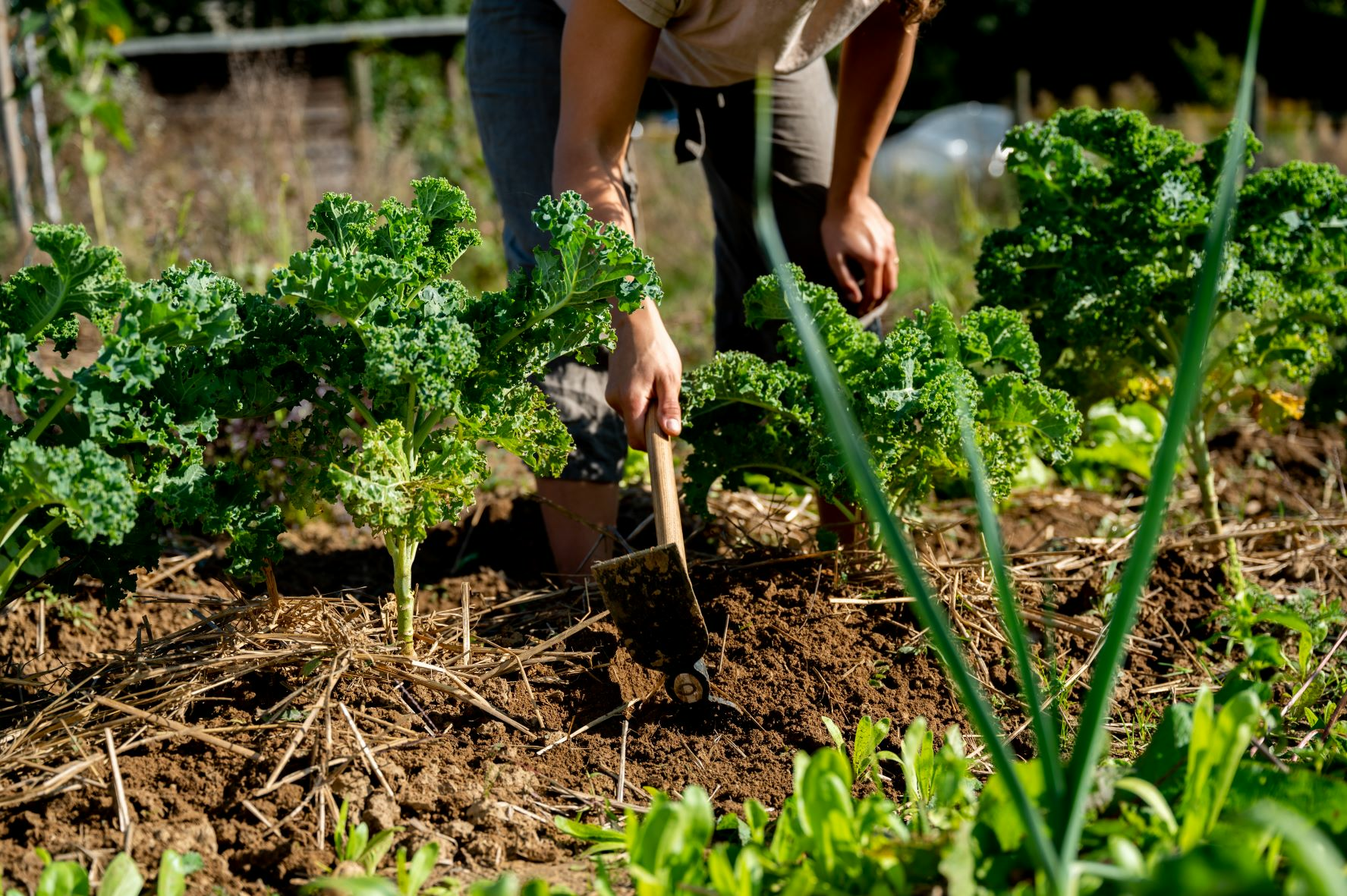
Get seeds of old varieties that make you curious and grow them. Cultivating and using them brings old varieties back to life. In addition, your purchase supports conservation initiatives that carry out conservation breeding.
Where can I get seeds?

There are already several projects that are committed to the on-farm conservation of old varieties. At the moment, however, these are mainly conservation initiatives by private individuals or NGOs. These are also usually places where you can obtain high-quality seeds of heirloom varieties.
2. propagate old varieties yourself
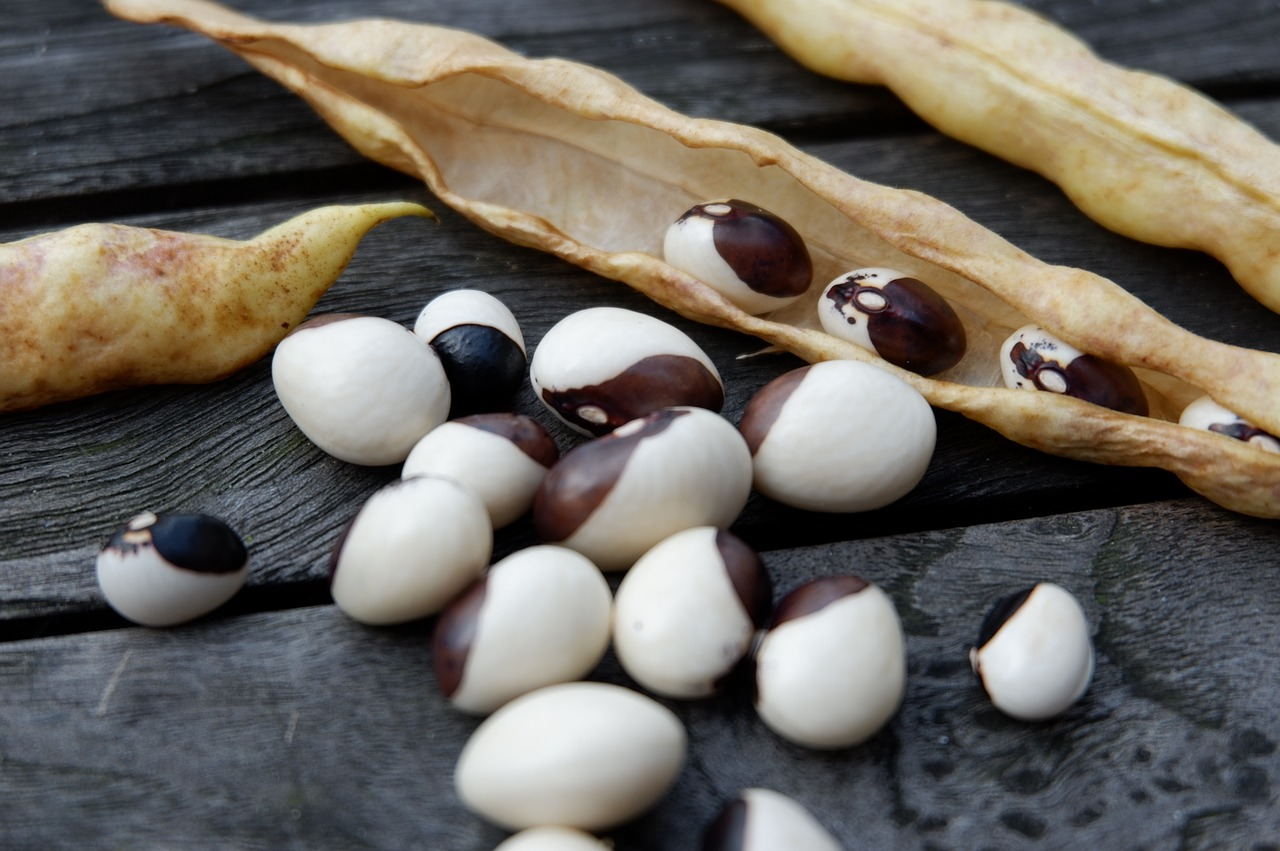
Once you have found a variety that you like and want to share, you can collect your own seeds. However, you will need some specialist knowledge for this, so find out in advance!
3. draw attention to old varieties

To share the importance of old varieties and draw attention to them, there needs to be more education! Tell your friends and acquaintances about old varieties that inspire you and their special features. The more people are passionate about old varieties, the better!
4. seed exchange markets

To make seeds accessible to as many people as possible, you can organize seed swaps. This also allows you to exchange ideas with other variety holders and meet people who share the same interests.
5. take over a sponsorship
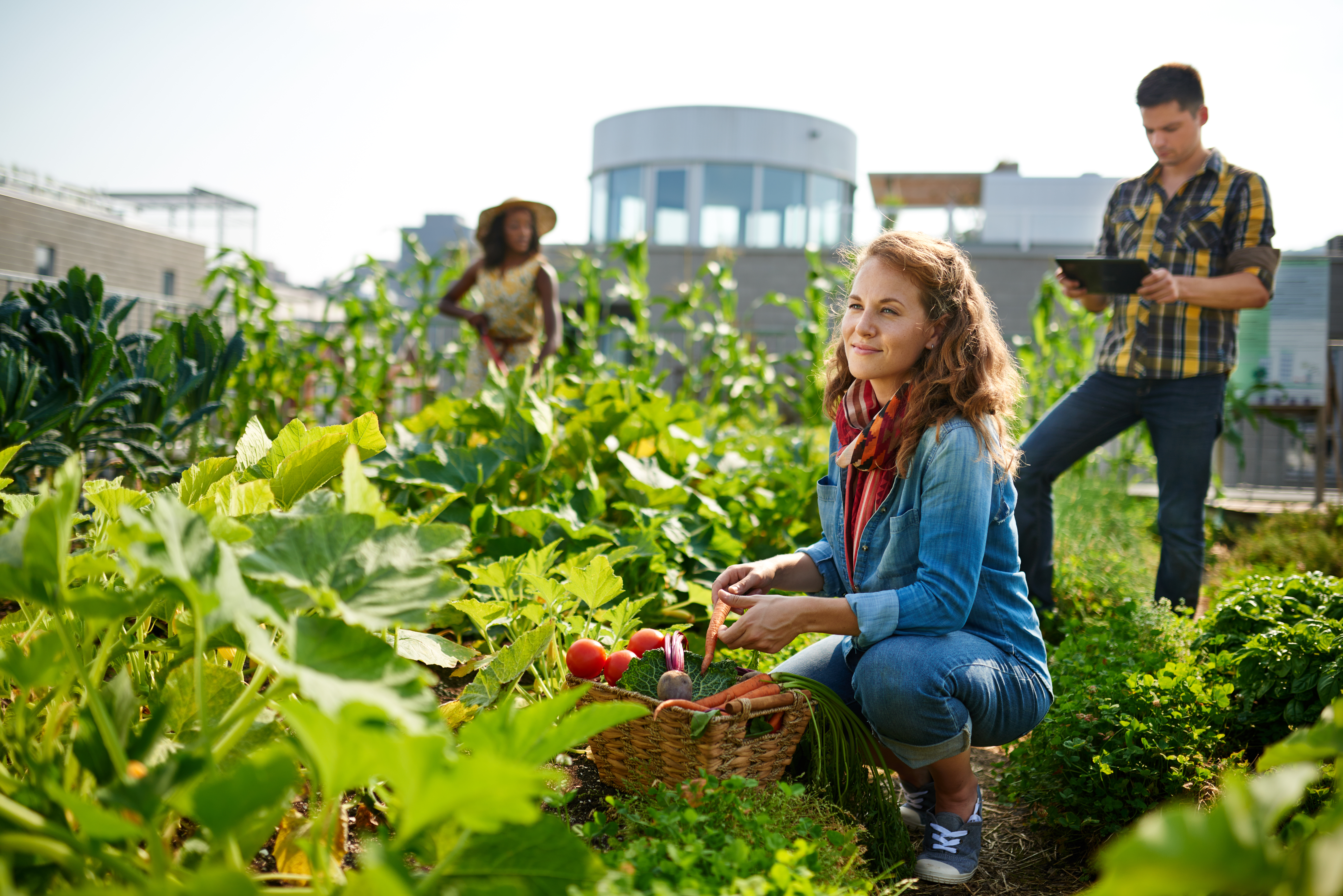
There are associations where you can sponsor certain varieties. Especially as a beginner in the gardening world, you can learn a lot of new things, e.g. how to describe and observe a particular variety.
6. enjoy, experience & celebrate diversity
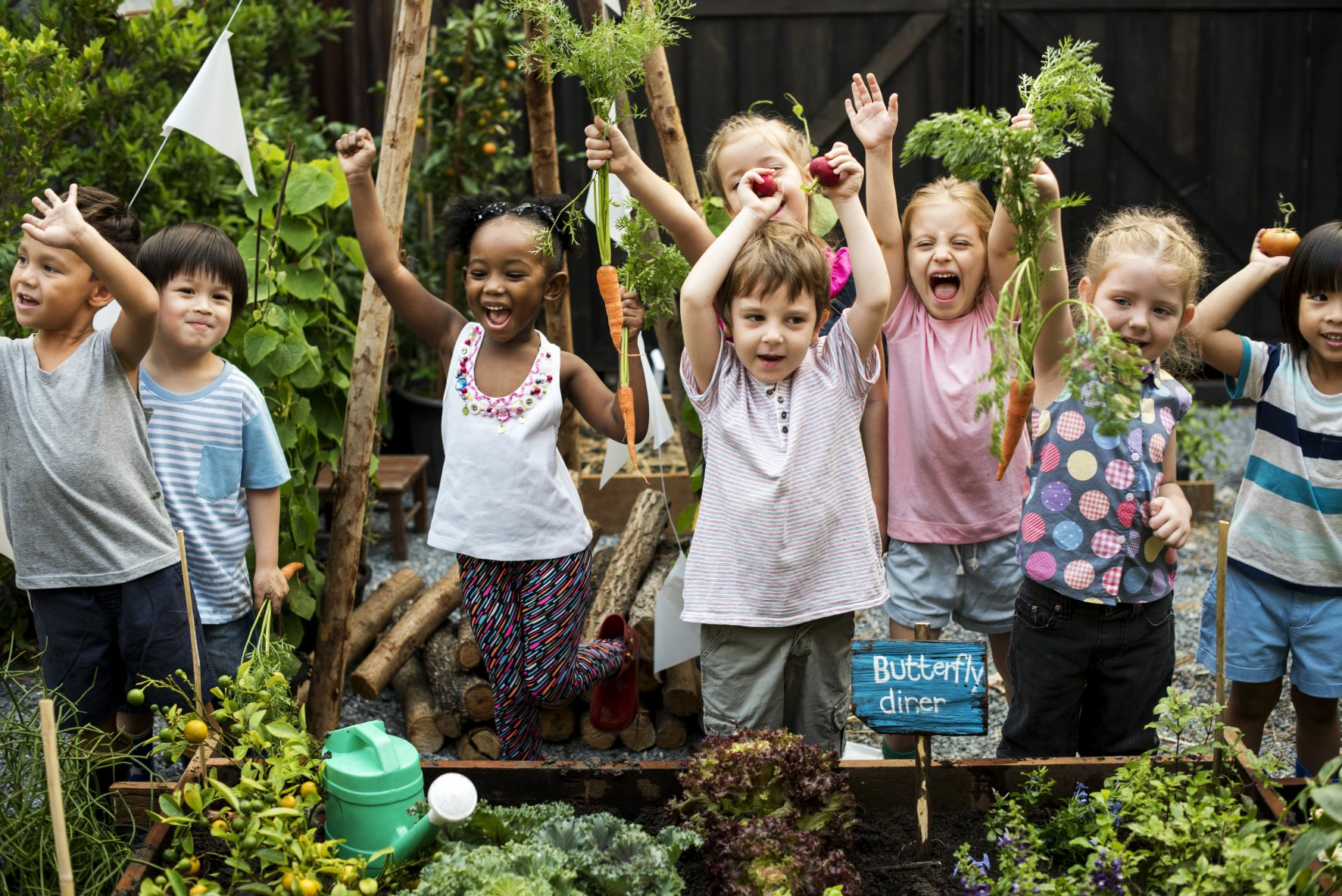
Once you've enjoyed the variety of flavors, you'll never want to do without it again! You can celebrate and enjoy this rediscovered diversity with other gardeners. Get together with others, cook delicious dishes and exchange ideas!
Information on old varieties in our plant library
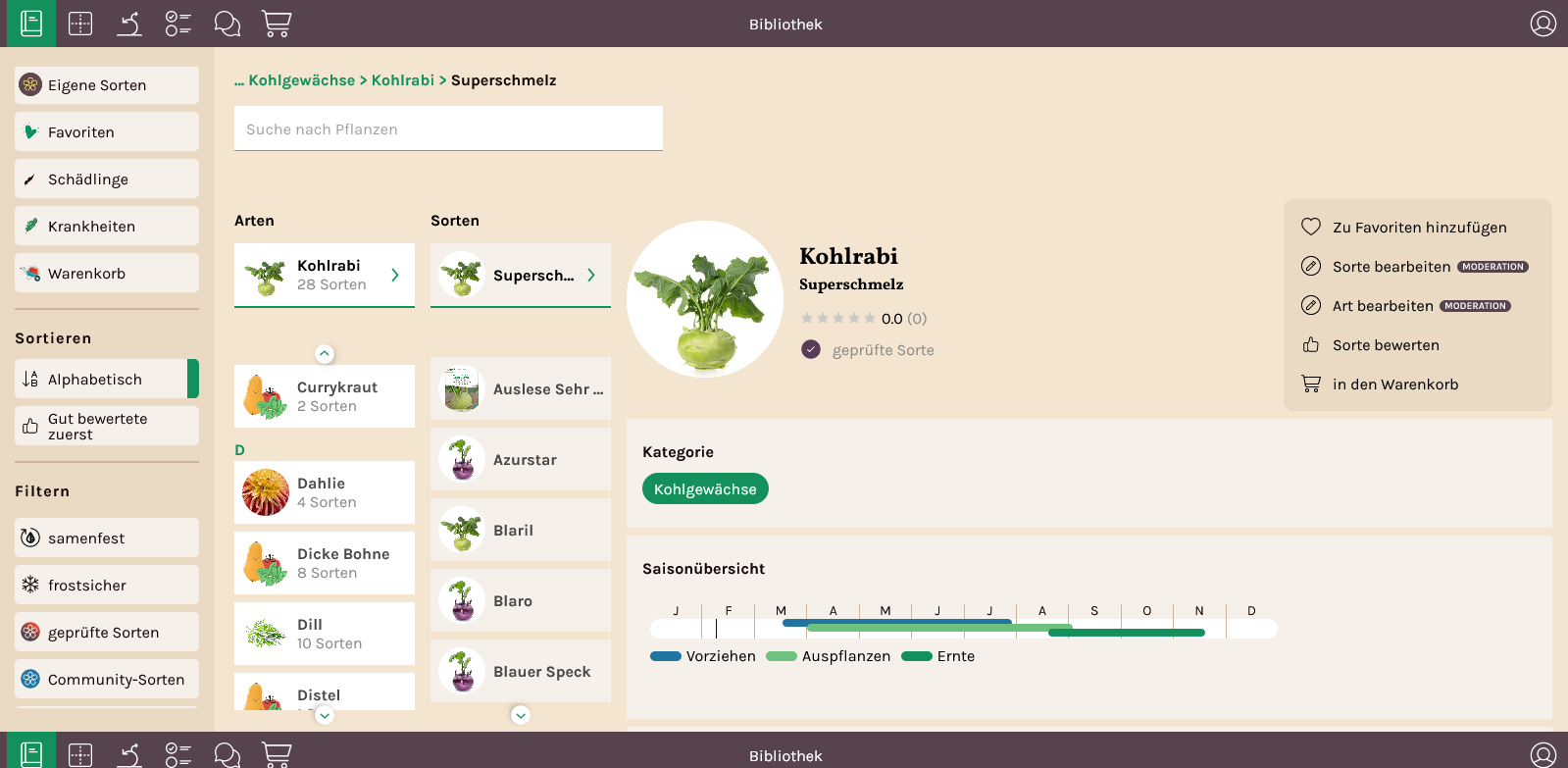
In our plant library you will find a wealth of information about a wide range of varieties. Thanks to our community, this database is growing every day. Here you can find information about the needs of individual plants and their cultivation. You can also create new varieties and share them with our community.
Rawpixel on istock.
